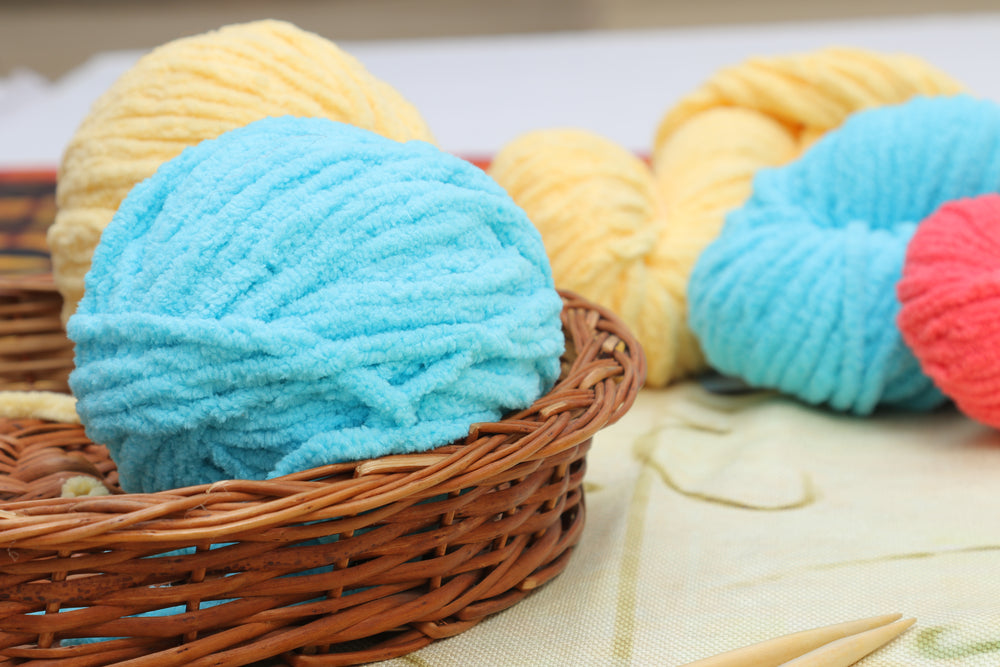
What is a yarn ?
In simplest terms , yarn is strands of fibres , twisted together , for use in Knitting , weaving , crocheting , ropes , tufting , embroidery , sewing , etc etc
How are yarns spun ?
The yarns can be spun by hand directly or simple hand operated machines / tools ( remember the good old Charkha / Spinning wheel ) , or by Electrically powered machines , when we spin yarns by machines , there are different technologies , ( These machines are generally installed and used ) in what is know as spinning mills or spinners .
What are different systems of spinning or yarn categories ?
There are many modern day technologies which are used to spin yarns , and choice depends on many factors , one of the basic factors length of the fibre used , Long, medium , short , very short – All natural fibres which occur in nature have natural staple length ( measured in mm ) and thickness ( measured in microns ) , Spinning systems are generally chosen depending on this important factor ( While there are other factors as well . Some systems of spinning are
- Woollen System – is traditional system of spinning , ideal for many different fibres , especially Wool, Cashmere , – can use mix of short / long / medium fibres
- Long staple spinning – Also called as worsted / Semi worsted – Can spin long length fibres 65 /70 mm to 110/130 mm – Ideal for Wool/ Merino , Alpaca , Silk , Mohair etc etc
- Short Staple spinning – Cotton is a plant fibre which has short staple length 25 mm to 45 mm – Cotton is spun on this system
- Fancy Yarns : Novelty yarns , with structures like , Boucle , Loop, Slubs , Frieze , Knots etc etc use system of spinning called as Hollow , There are other Novelty yarn spinning systems like Air Jet, Crochet ( Warp Knitting ) , Needle crochet etc etc , used to make hairy yarns , chain yarns , Ladder yarns , Eyelash , caterpillar , chenille , etc etc
- Then there are many other systems of spinning like DREF , Open End , Mule spinning , Continuous filament yarns etc etc
Natural fibers versus Synthetic fibers
Natural fibres as name suggests are found in nature , main sources are Plants and Animals , examples of Plant fibres are Cotton , Hemp , Jute , Flax etc etc examples of Animal fibres are Merino ( Wool ) , Alpaca , Mohair , Cashmere , Silk , Yak , Quivit , Pashmina , Angora etc etc . Please check out our 2021 calendars for both categories of fibers 2021 Calendar Synthetic fibers are man made , can be derived from crude oil , or other polymers , these can ne tailor made to fit any system of spinning – we can control staple length , microns ( in synthetic fibers thickness is defined in terms of denier ) some of the common Synthetic fibers are , Acrylic , Polyester , Viscose , Nylon ( Polyamide ) , Poly propylene etc etc , These can be used on any basic system of spinning provided they are manufactured to the specifications to run on that system
Craft Yarns (Knitting and Crochet yarns)
Most important systems for these are Long staple ( worsted / Semi worsted ) , Fancy , Woolen , and Short staple ( for cotton or cotton blends )


Leave a comment